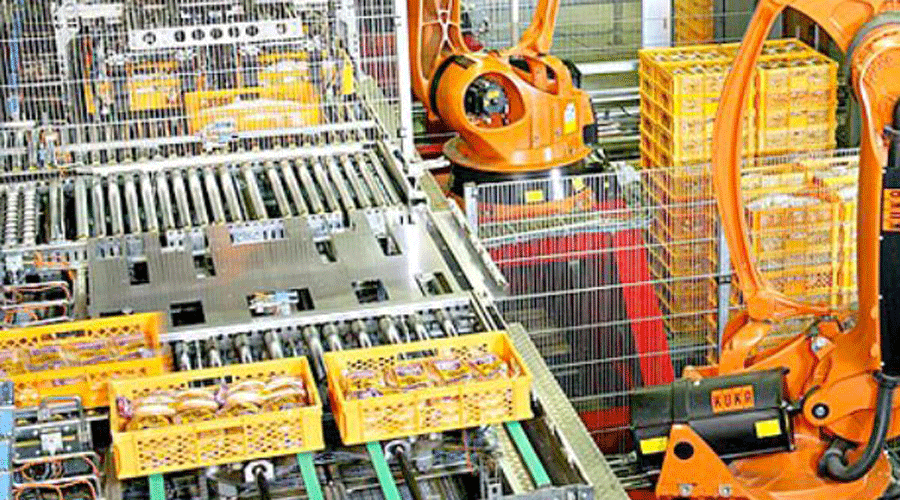India’s factory growth dipped to a three-month low in September due to a moderation in demand and output, despite easing inflationary pressures and strong business confidence, a private survey showed.
The Manufacturing Purchasing Managers’ Index, compiled by S&P Global, fell to 55.1 in September from 56.2 in August, below the 55.8 predicted by economists in a Reuters poll. The pace of growth was still solid, however, and was above the 50-mark separating growth from contraction for a 15th straight month. A PMI score above 50 indicates expansion and a print below that level reflects a contraction in manufacturing activities.
“The latest set of PMI data show us that the Indian manufacturing remains in good shape, despite considerable global headwinds and recession fears elsewhere,” Pollyanna De Lima, Economics Associate Director at S&P Global Market Intelligence, said.
“There were softer, but substantial, increases in new orders and production in September, with some leading indicators suggesting that output looks set to expand further at least in the short-term as firms seek to fulfil sales contracts and replenish stocks.”
Businesses also benefited from a notable moderation in price pressures.
“Input costs rose at the slowest rate in almost two years as suppliers’ stocks improved in line with subdued global demand for raw materials and recession risks,” she added.
The survey pointed out that Indian businesses become more confident in the outlook as inflation worries were tamed. The overall positive sentiment seen in September was the best in over seven-anda-half years, according to the survey.
That said, “currency risks and the impact of a weaker rupee on inflation and interest rates could derail optimism during October,” the economist said.
“Rates of expansion remained historically high, despite easing from August. Firms hired extra workers and acquired more inputs to accommodate higher sales and greater output needs. Cooling price pressures aided the upturn in input buying. Purchasing costs rose at the slowest pace in just under two years, while output charge inflation receded to a seven-month low,” the survey said.
The PMI survey said that new orders, international sales and output increased in each of the three broad areas of the Indian manufacturing industry with the strongest growth rates signalled by capital goods makers.
“Ongoing increases in new work and efforts to lift production boosted job creation in September. Employment rose at the quickest pace in three months, albeit one that was slight overall,” the survey said.
With inputs from Reuters










